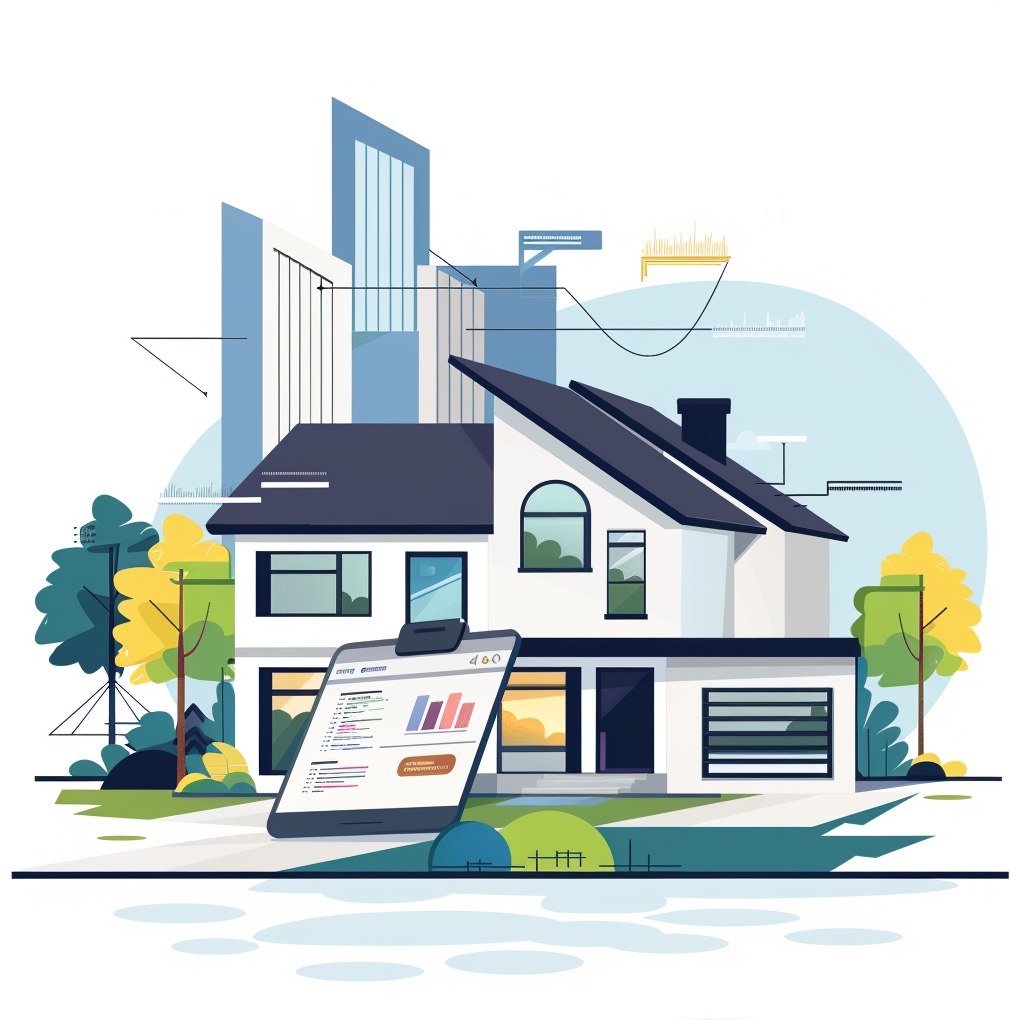Architectural visualization, a discipline straddling the realms of art and technology, has evolved from rudimentary sketches to photorealistic renderings capable of transporting viewers into a building’s as-yet unrealized existence. It’s more than just pretty pictures; it’s a powerful tool for communication, persuasion, and design refinement, fundamentally changing the way architects, developers, and clients interact with the built environment.
The History and Evolution of Architectural Visualization
The roots of architectural visualization can be traced back to the Renaissance, with meticulously hand-drawn perspectives serving as the primary means of conveying design intent. Architects like Brunelleschi and Alberti masterfully employed linear perspective to depict their proposed structures, offering a glimpse into their visionary designs. However, these drawings were labor-intensive and often limited in their ability to fully capture the spatial complexity and material nuances of a building.
The advent of photography in the 19th century brought about a significant shift. Architectural photography provided a more accurate and objective representation of existing structures, influencing the way architects documented their work and presented their ideas. However, it was still incapable of visualizing projects that existed only in the realm of imagination.
The turning point arrived in the late 20th century with the rise of computer-aided design (CAD) and computer graphics. Initially characterized by rudimentary wireframe models, architectural visualization gradually matured alongside advancements in hardware and software. Early rendering techniques were computationally expensive and yielded relatively unsophisticated results. However, as processing power increased and algorithms became more refined, the quality and realism of architectural visualizations improved dramatically.
The Core Technologies and Techniques
Modern architectural visualization relies on a sophisticated blend of hardware and software technologies. High-performance workstations powered by multi-core processors and dedicated graphics cards are essential for handling the complex calculations involved in rendering realistic scenes. Software packages like 3ds Max, SketchUp, Revit, and Cinema 4D have become industry standards, providing architects and visualization artists with a comprehensive suite of tools for modeling, texturing, lighting, and rendering.
Modeling: The foundation of any architectural visualization is the creation of a detailed 3D model of the building. This involves accurately representing the building’s geometry, including its walls, floors, roofs, windows, and doors. The level of detail required depends on the intended use of the visualization, but generally, the more detailed the model, the more realistic the final rendering will appear. Techniques like parametric modeling and Building Information Modeling (BIM) have streamlined the modeling process, allowing architects to create intelligent models that contain both geometric and non-geometric information.
Texturing: Once the model is complete, textures are applied to the various surfaces to simulate the materials used in the building’s construction. Textures can be created from scratch or sourced from online libraries. They define the color, reflectivity, roughness, and other surface properties of the materials, adding a crucial layer of realism to the visualization. High-resolution textures are often used to capture the subtle imperfections and variations that are characteristic of real-world materials.
Lighting: Lighting is arguably the most critical element in architectural visualization. Realistic lighting can dramatically enhance the mood and atmosphere of a scene, highlighting the building’s architectural features and creating a sense of depth and dimension. Rendering engines employ sophisticated algorithms to simulate the behavior of light, taking into account factors such as direct and indirect illumination, shadows, and reflections. Techniques like global illumination and ray tracing are used to create photorealistic lighting effects.
Rendering: Rendering is the final step in the visualization process, where the 3D model, textures, and lighting are combined to create a final image or animation. Rendering algorithms simulate the way light interacts with the surfaces in the scene, calculating the color and brightness of each pixel in the image. Rendering can be a computationally intensive process, but advancements in hardware and software have significantly reduced rendering times.
The Impact on Design and Communication
Architectural visualization https://provisual.pro/3d-architectural-visualization-price/ has had a profound impact on the design process, allowing architects to explore different design options and evaluate their visual impact before construction begins. By creating realistic visualizations, architects can identify potential design flaws and make necessary adjustments to optimize the building’s functionality, aesthetics, and sustainability.
Moreover, architectural visualization serves as a powerful communication tool, enabling architects to effectively convey their design ideas to clients, stakeholders, and the public. A compelling visualization can help clients understand the architect’s vision and make informed decisions about the project. It can also be used to market the project to potential investors and buyers, generating excitement and building anticipation.
The Future of Architectural Visualization
The field of architectural visualization is constantly evolving, driven by advancements in technology and the ever-increasing demand for realism and immersion. Virtual reality (VR) and augmented reality (AR) technologies are poised to revolutionize the way architects and clients experience architectural designs. VR allows users to step inside a virtual building and explore its spaces in a fully immersive environment, while AR overlays digital information onto the real world, allowing users to visualize how a proposed building will appear in its physical context.
Artificial intelligence (AI) is also playing an increasingly important role in architectural visualization. AI-powered tools can automate many of the tedious tasks involved in creating visualizations, such as generating textures, setting up lighting, and rendering images. This allows architects and visualization artists to focus on the creative aspects of the process, resulting in more innovative and compelling visualizations.
In conclusion, architectural visualization is a vital tool for architects, designers, and developers, bridging the gap between vision and reality. Its continued evolution, driven by technological advancements and the pursuit of realism, will undoubtedly shape the future of architectural design and communication. As we embrace new technologies like VR, AR, and AI, the possibilities for architectural visualization are limitless, promising even more immersive and engaging experiences for all stakeholders involved in the built environment.
